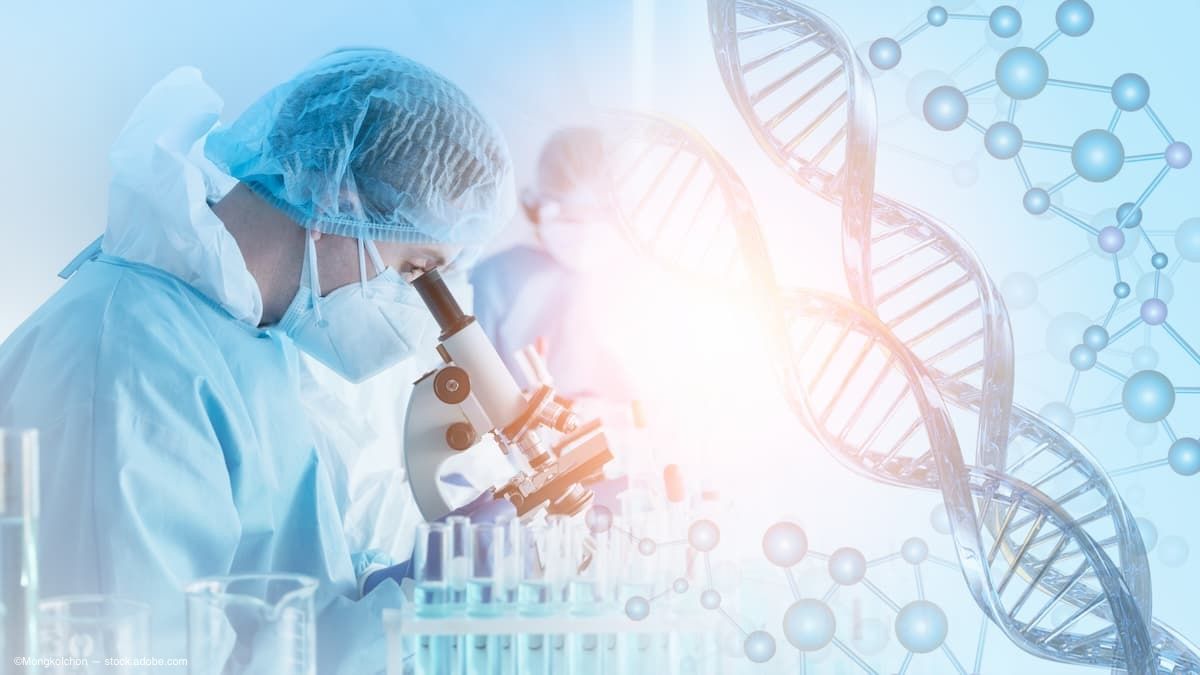Opinion
Video
Overview of Biosimilars for Treating Retinal Diseases
Author(s):
Rishi Singh, MD, provides an overview of biosimilars in the context of retinal diseases and discusses their significance within the healthcare system.
Rishi P. Singh, MD: Hello, I'm Dr Rishi Singh, staff surgeon and president of Cleveland Clinic Martin hospitals. And I'm excited to share insights into recent Ophthalmology Times® round table that we conducted at the American Academy of Ophthalmology meeting where we discuss use of biosimilars and retinal diseases. First and foremost, let's talk about the overview and how biosimilars are approved. For those who may not be familiar, biosimilars are a very common drug used in the oncological and the rheumatological space and now being applied to ophthalmology. There are currently 2 biosimilars that are FDA [Food and Drug Administration] approved, Byooviz, which is made by Biogen, and Cimerli, which is made by Coherus [Biosciences]. Those are the 2 FDA-approved medications to date. And a biosimilar is a biologically derived and from genetically engineered cells and organisms that intended to prevent, treat, or cure a variety of medical conditions. A biosimilar must [be] similar to the reference product but have no clinically meaningful differences from the product. And in terms of safety, purity, and potency must have equivalence as far as the product goes. And again, FDA evaluates the biosimilars for safety, effectiveness and equivalent dosage form and route of administration.
Biosimilars have a lot of advantages to our retinal community. It adds savings and efficiencies to health systems. It costs the lower pricing of drugs as the biosimilars introduced the ASP [average sales price] price for the actual reference product can decline over time as historically declined over time in multiple different disease states. And it offers more options for patients and fosters innovation through competition for those patients involved. We already know that the biosimilars in their path are differently as far as the approval process goes. Biosimilars take an approach of basically having the same preclinical criteria as well as the data criteria from the midphase of the studies, but the late phase of the trials can be quite shortened and can be due to looking at just the primary end point alone in a very short period of time, which can help biosimilars get into clinical practice today.
How does a biosimilar become a product that is interchangeable? Well, it has to be a biological product that first is a biosimilar, but secondarily, a product has to have the same clinical safety and efficacy as a reference product within the given patient. And it does not increase the risk in terms of safety and diminished efficacy in patients that switch back and forth between interchangeable products, which is a common misconception that biosimilars are switching of drugs can cause worsening of disease in some portions of patients. In general, biosimilars have been studied and looked at in various disease states and found to have great efficacy. And we're now beginning to foray a biosimilar utilization ophthalmology. Thus far, the totality data thus far has not been able to show a significant concern in regards to safety and efficacy that currently available biosimilars.
Transcript is AI-generated and edited for clarity and readability.
Newsletter
Don’t miss out—get Ophthalmology Times updates on the latest clinical advancements and expert interviews, straight to your inbox.




